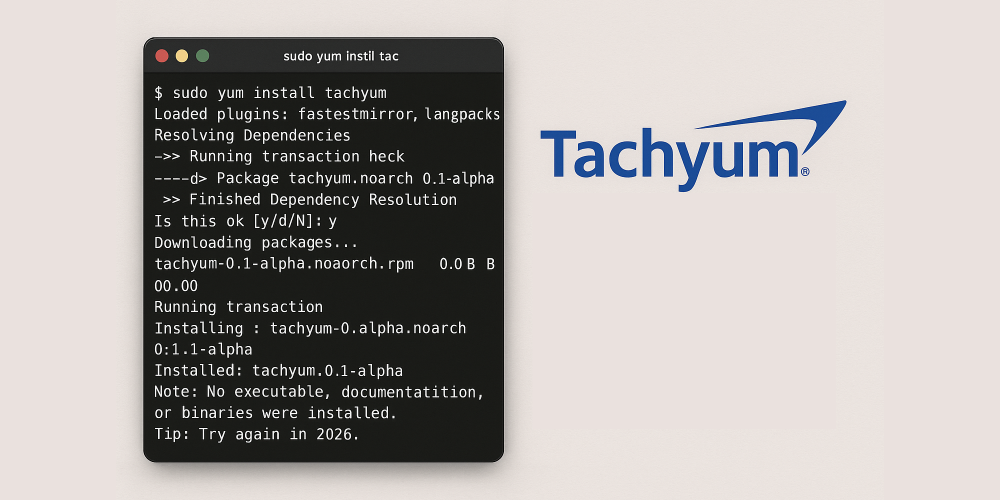
Silicon’s Believe It or Not #1: Tachyum's supercomputer to simulate the human brain in real time
Tachyum’s Prodigy CPU: Vaporware or Vision?
Tachyum claims its Prodigy CPU will outperform Intel, AMD, Nvidia, and Google’s TPU on nearly every metric—CPU, GPU, and AI—while also being cheaper and using less power. It promises 128 cores at 5.7GHz with only 950W TDP, all on a single universal processor capable of running x86, ARM, and RISC-V binaries.
🚨 The VLIW Resurrection
Prodigy was originally designed as a VLIW chip—an idea long thought dead after the failure of Intel’s Itanium. Tachyum even uses "poison bits," similar to Itanium’s speculative execution model. Although they later ditched VLIW in favor of a more traditional architecture, the ghost of EPIC haunts every slide.
📊 Promises, Benchmarks, and FPGA Dreams
As of 2023, Prodigy still hasn’t taped out. Everything shown runs on FPGA boards with unverifiable assumptions. They compare their results to Intel Xeon processors using SPEC2006—a suite so outdated that it was deprecated nearly a decade ago. Benchmarks against current AMD EPYCs or Intel Sapphire Rapids are mysteriously absent.
🔄 Cross-ISA Claims Without Substance
Tachyum claims Prodigy can run x86, ARM, and RISC-V binaries natively. In reality, these are likely QEMU-based translations. No details exist about how their ISA works, or whether their compiler toolchain is even stable. There’s no upstreamed GCC support, no LLVM patches, and no public ISA documentation.
🔥 The Thermal Fantasy
128 cores at 5.7GHz with a TDP of 950W is ambitious, to say the least. That’s about 7.4W per core—far better than anything Intel, AMD, or even Apple achieves today. And somehow, this is supposed to be air-cooled in a 2U rack chassis with four 600W processors. The physics seem... optimistic.
🧟 The Itanium Reboot No One Asked For
This all feels like history repeating itself. Like Transmeta and Itanium, Tachyum promises massive performance gains from compiler magic and speculative execution models. But software ecosystems and tooling matter more than powerpoints—and so far, we have neither.
🚩 Red Flag Parade: A Compilation of Delusions
Tachyum released a 1,600-page performance optimization manual while still failing to deliver actual silicon. Their latest "achievement" seems to be an unfindable document. This mirrors past behavior: more PDFs, fewer wafers.
In 2020, Tachyum claimed their CPU would allow a 64-exaflop supercomputer to simulate the human brain in real time. That would imply a complete understanding of neuroscience and computational biology—something we’re nowhere near. As one observer put it, science can't even explain the simplest mental achievements of simple neuronal networks of organisms like the nematode C. elegans.
Their architecture offloads out-of-order complexity to the compiler, echoing the failed Itanium philosophy. VLIW and static scheduling don’t scale well with dynamic, branch-heavy workloads. As another engineer summarized, the idea that you can cut out the most complicated CPU logic and shove it all into a magic compiler is an alluring promise—but one that has yet to manifest.
They continue comparing themselves to 2016-era Intel CPUs, ignoring modern contenders. Even taking their claims at face value, they’re saying their core at 4GHz beats Broadwell at 3.5GHz. That’s not impressive in 2025.
Their Prodigy SKUs are priced from a few hundred to nearly $10,000—without any validation, thermal specs, or real-world numbers. Prodigy was supposed to power Slovakia’s 64-exaflop supercomputer by 2022. Now they say 128 or 256 exaflops. Still, there’s no chip. Meanwhile, Nvidia's top-end systems peak at around 1 exaflop. As one engineer observed, this all looks like a press release announcing a document that doesn’t seem to exist.
🧠 What Engineers Are Saying
According to experienced engineers:
- Tachyum has no documentation on their native ISA or indication of any compiler support.
- They make vague claims about memory performance without addressing real-world access patterns.
- The premise that they can deliver 4x the performance of everything is met with eye rolls. One engineer sarcastically asked: Why not infinite and be done with it?
🏁 Final Verdict
Tachyum’s dream of a universal CPU-GPU-AI processor rests on unproven ideas, magical compilers, and powerpoints instead of prototypes. The longer they delay tape-out, the more it resembles vaporware theater.
Final Score: 95% vaporware, 5% reincarnated Itanium. Proceed with maximum skepticism.




